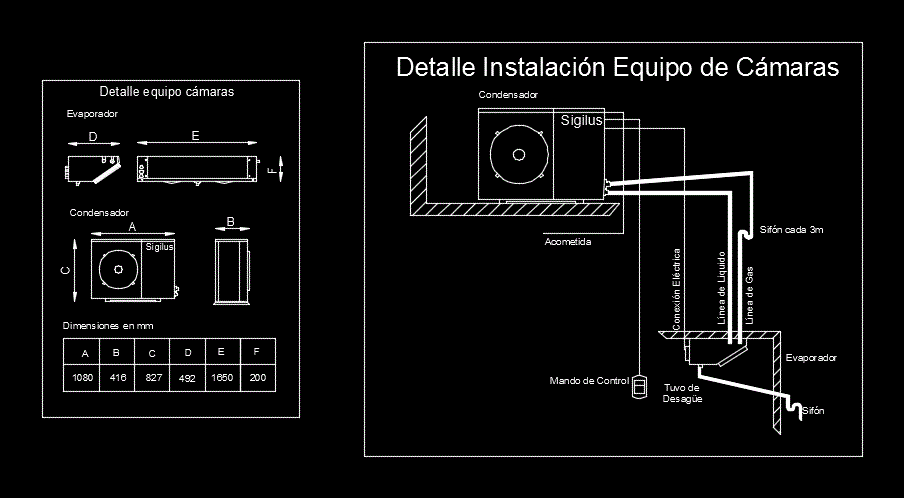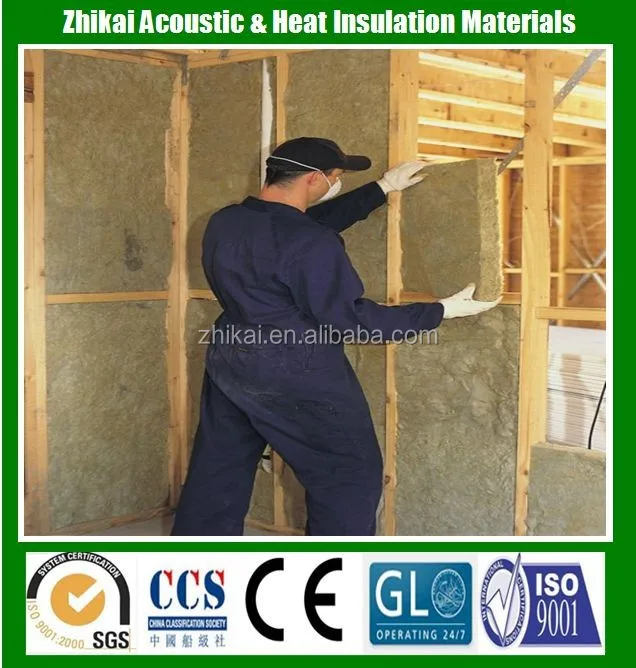
Heaters should be used to warm up the substrate prior to spraying foam. If you are spraying a foam that allows 4” per lift, try spraying it in two 2” lifts instead. Spraying the foam in thinner lifts can also make the foam a little more stable in cold temperatures. This slows the flow of material just a little, keeping it in the heated system longer and allowing it to reach the desired temperature. On those extremely cold days, going down one size on the mix chamber in the gun can help. Park the rig as close to the building as possible so there is less hose exposed to the elements.

These will draw the heat out faster than the machine can warm it up. Make sure to keep the hose off the snow, ice, and concrete. Not only does it provide added insulation to your hose, but it also does a much better job of protecting it from damage.

Contact your IDI sales repand ask them about the Sidewinder insulated hose wrap. If your hose is over two years old, the insulation on it is probably not performing as it should. (This comes standard in all rigs purchased from IDI.) Using a “doggie door” - a small door in the rig just big enough for the hose - instead of leaving a large door open will help keep all the heat in the rig. The next step is to make sure we keep the material at the right temperature all the way to the gun when spraying foam insulation in winter. Please keep in mind that the drums should be warmed no faster than 10 degrees per 24 hours, so if you have material that is 50 degrees, it can take more than 3 days to get them to the right temperature. Heated blankets are also available to help heat the drums.This will allow warm air to get under the drums and warm them from the bottom. Lay some 2x4s under the drums to get them an inch and a half off the floor.Use a laser thermometer to monitor drum temperature.Put a thermometer on the wall of the rig so you can monitor the air temperature.Tips to keep your spray foam drums at the optimal temperature: Just keeping your rig “in the shop” isn’t going to cut it. For closed-cell foams in the wintertime, the closer they are to 80 degrees, without going over, the better. Most OC products will work great at these temperatures, but there are some that require drum temps to be in the 90s. This is the recommendation of IDI’s insulation experts, but, as always, check your tech data sheet for specifics.


At what temperature should spray foam be sprayed and applied at?įor best results out of all spray foam products, drums should be stored and used between 70 and 80 degrees Fahrenheit. This basically means maintaining the right temperature on those drums. Now that we have the correct material, let’s make sure we are properly conditioning that material before you start applying the spray foam insulation in cold weather. Always check the tech data sheet for product-specific temperature ranges. Therefore, creating a suitable environment in which to apply OC is critical for product performance. Open-cell foams, however, cannot be formulated this way. Closed-cell foams can be formulated into winter blends that are designed to withstand colder environmental and substrate temperatures. Let’s make sure you are using the right material in the right environment when applying spray foam in cold temperatures. There are, however, many things you can do to ensure the success of your jobs.Ĭorrect Material Grade for Substrate Temperature Jobs take longer, foam starts popping and shrinking, and breakdowns seem to be more frequent. With temperatures dipping down below freezing for weeks at a time through most of the country, spraying foam insulation in winter is a lot tougher than in the warmer months. Baby, It’s Cold Outside! Tips for Applying Spray Foam Insulation in Cold Weather


 0 kommentar(er)
0 kommentar(er)
